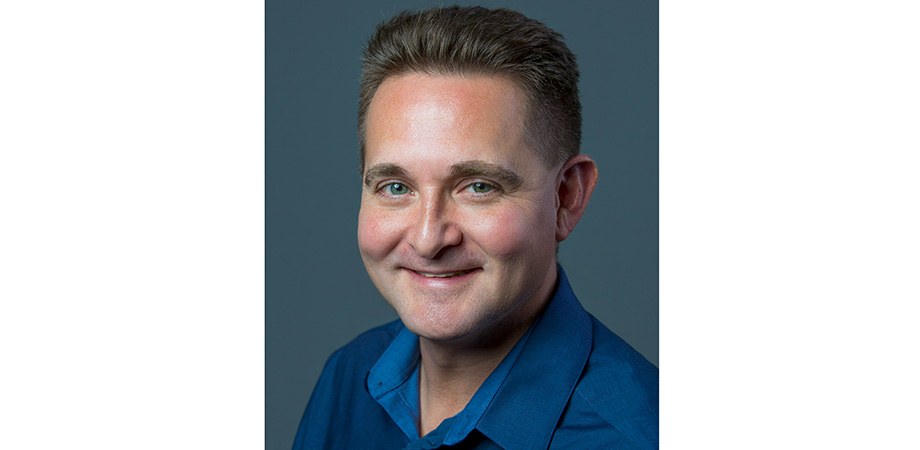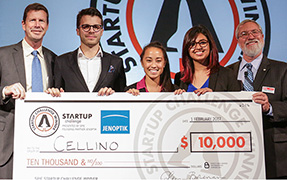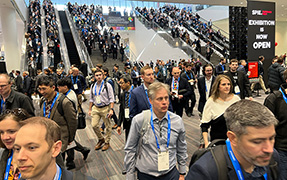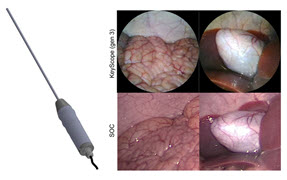The future of lasers is controllably bright

John Heebner wears several hats at Lawrence Livermore National Laboratory (LLNL), but none of them have built-in lasers — yet. At LLNL, Heebner is chief scientist of the National Ignition Facility’s (NIF’s) Injection Laser System (ILS), chief scientist for programs in NIF’s Department of Defense Technologies, and leads Engineering’s Ultrafast Optical and Electronics Systems Group which pioneers diagnostic techniques bridging the gap between ultrafast optics (subpicosecond) and high bandwidth electronics (>10 GHz).
Heebner describes the group as “young and dynamic” and notes that its members have been contributing to upgrades for NIF, high-speed diagnostics for the Strategic Deterrence (SD) program, and developing new capabilities of interest to future laser and photonics systems.
“Recently, members of the group collaborated with others in the development and deployment of a second-generation High-Fidelity, Pulse-Shaping (HiFiPS) system that shapes the NIF pulse profiles in time,” says Heebner. “This has since brought improved power balance and accuracy to the NIF laser system.”
Current group projects include developing a second-generation upgrade of the Laser Energy Optimization by Precision Adjustments to the Radiant Distribution (LEOPARD) programmable spatial-shaper system that shapes the NIF beam profiles in space to optimize the laser energy NIF can deliver safely to target experiments; pushing the state of the art in pulse shaping, spectral manipulation, and fast recording with the STILETTO pulse shaper and 3PSI diagnostic; and developing hybrid radio frequency (RF) photonic solutions for photonic-based, analog-to-digital converters (ADCs) and digital-to-analog converters (DACs).
At this year’s SPIE Photonics West, Heebner was awarded a Best Paper Award for “Injection laser system architecture, upgrades, and future at the National Ignition Facility,” which he presented as part of the Translational Research and Sustainability tracks. The invited paper provided an overview of the ILS architecture, sub-systems, and how their design features were developed to meet specifications. Below Heebner discusses his work with ILS and more.
How would you describe the Injection Laser System (ILS) to someone without your background in lasers?
The NIF ILS shapes a precision pulsed light beam, amplifies it more than a quadrillion times, and delivers it to the main amplifiers, final optics, and ultimately a tiny target centered in a chamber where it ignites fusion reactions. In short, if NIF is a stadium-sized amplified surround-sound audio system, the ILS is the player plugged in delivering the music.
What is most exciting or surprising about your work with the ILS? What are some of the challenges?
My former self would be surprised that I would still be working on it after 22 years. The main reason is that the ILS is where many upgrades are cost effective to implement. The challenge is that we need to keep NIF running continuously for a growing base of users so any upgrades we make must be done seamlessly without interruption to operations and improve some aspects of performance while doing no harm to everything else. There is no room for mistakes on the world’s highest energy laser system!
What led to your interest in working with lasers?
You can see lasers with your own eyes (well some of them, and of course, not always directly). While there is much left to be explored, I was drawn to the fact that the properties of lasers conform very well to theory and simulation. This makes them very amenable to architecting and engineering future systems with excellent upfront predictive capability on their performance.
What do you see as the most important aspect of your work at this time?
Mentoring the next generation of engineers and applied scientists in our field is more important to me now than ever. Many of them have not yet had the complete experience of designing, developing, and building laser/photonics systems at scale much less experiencing many of the pitfalls along the way. It brings me great joy to help them learn, grow, and ultimately lead their own R&D projects.
What do you see as the future of the ILS?
I would like to see fully flexible and precise control over all the properties of a pulsed light beam including temporal intensity profile, spectrum vs. time, spatial intensity profile, wavefront, and polarization. In particular, our STILETTO invention has much promise as a flexible tool for controlling the intensity and wavelength of a laser waveform with an unprecedented combination of time resolution (<1 picosecond) and record length (>1 nanosecond). We are also developing new light modulators for control of spatial intensity, wavefront, and polarization on high-energy laser systems. The future is not only bright, but controllably bright!
| Enjoy this article? Get similar news in your inbox |
|



